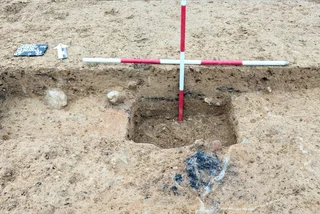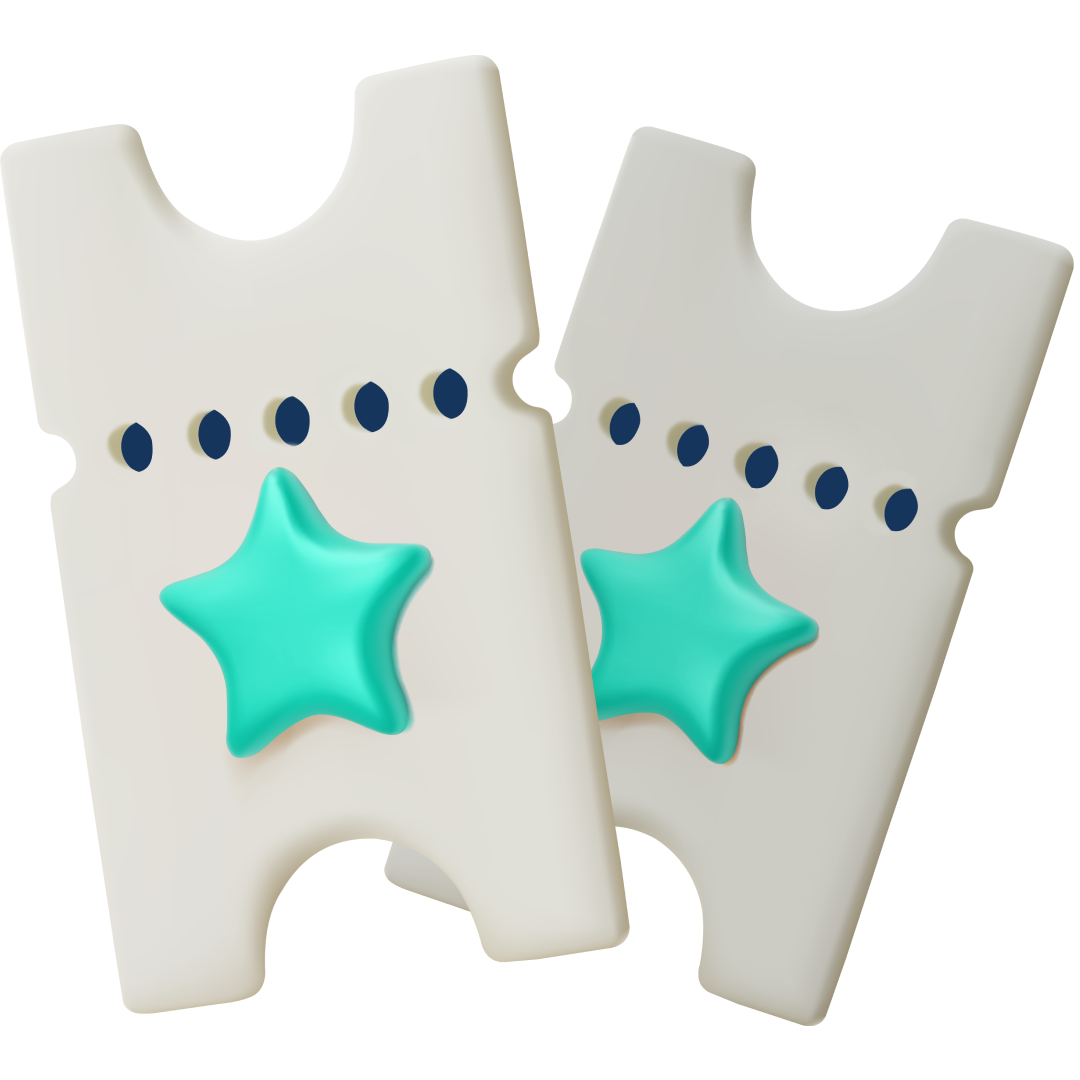The 29,000-year-old Venus of Věstonice, the world’s oldest known ceramic sculpture, will be featured in a special exhibition at the Moravian Museum in Brno from June to September 2025. The exhibition, Venus100, will mark the 100th anniversary of the statue's discovery in Dolní Věstonice (South Moravia).
The centerpiece of the exhibition will be the Venus itself, displayed in a unique way for the first time. Unlike past exhibits where the statue was shown in a protective box, it will be placed in a rotating display case, allowing visitors to view it from all angles. Curator Petr Neruda highlighted that this will provide a rare opportunity to observe intricate details, such as a child's fingerprint near the figurine’s left buttock.
Exploring other renowned sculptures
In addition to the Venus, the exhibition will also showcase fragments of related figurines, known as the "sisters" of the Venus of Věstonice. These objects, which have survived in incomplete form, will be displayed alongside panels detailing the mammoth-hunting era, the discovery of the statue, and research on its origins.
The exhibition will open on June 20 with a gala evening in the Bishop's Courtyard, which will include the premiere of a 52-minute documentary by Czech Television titled The Venus of Věstonice: 100 Years Since the Discovery That Changed History.
This year’s celebrations will also include additional exhibitions. Starting on April 24, the Pavlov Archeopark and Mikulov Castle will open The Second Life of Venus, an exhibition examining how the statue has appeared in literature, film, music, and the arts over the years.
The Venus of Dolnà Věstonice is a ceramic statuette of a nude female figure dated to 29,000–25,000 BCE, making it the oldest known ceramic object in the world. Now on display at the Moravian Museum in the Czech Republic. pic.twitter.com/aJQ8B6mULW
— Archaeology & Art (@archaeologyart) December 1, 2021
Following Venus100, the Dietrichstein Palace will host The Myth of the Great Goddess exhibition, which will focus on Neolithic figurines. Marek Junek, director of the MZM Historical Museum, emphasized that the museum has about 400 similar Venus figurines from the Neolithic period and plans to present this era as a dynamic, colorful time, reflecting the diversity of Neolithic ceramics.
As part of the anniversary celebrations, an art competition for primary school students will be held to create their own interpretations of the Venus, with selected works to be exhibited at the museum. The Venus of Věstonice was discovered by Karel Absolon on July 13, 1925, and remains one of the most significant archaeological finds in Czech history.
Changing historical interpretations
The prized yet frail statue dates back to around 29,000–25,000 BC during the Upper Paleolithic period. It was discovered in 1925 by Czech archaeologist Karel Absolon at a prehistoric settlement in South Moravia.
This figurine, depicting a nude female figure, is significant because it challenges the assumption that Paleolithic people had not yet mastered pottery. Recent research using micro-CT scanning has revealed that the statue was crafted from loess (fine-grained soil) sediment mixed with small rocks and micro-fossils rather than mammoth bones as previously believed.
The artist, whose identity remains unknown, skillfully shaped the figurine from a single piece of ceramic paste. Before this discovery, scholars believed ceramic technology didn't exist until much later. The statue was found broken into two pieces, raising speculation that it was deliberately shattered, perhaps in a fertility ritual. In 2004, scientists discovered a fingerprint embedded in the clay—possibly left by the artist or a child who handled it before it dried.













 Reading time: 2 minutes
Reading time: 2 minutes 





















